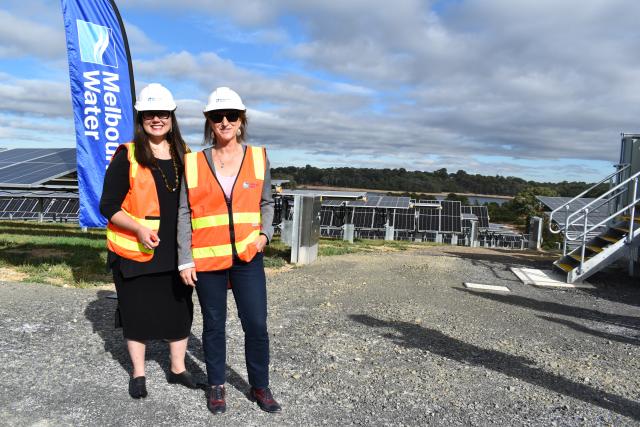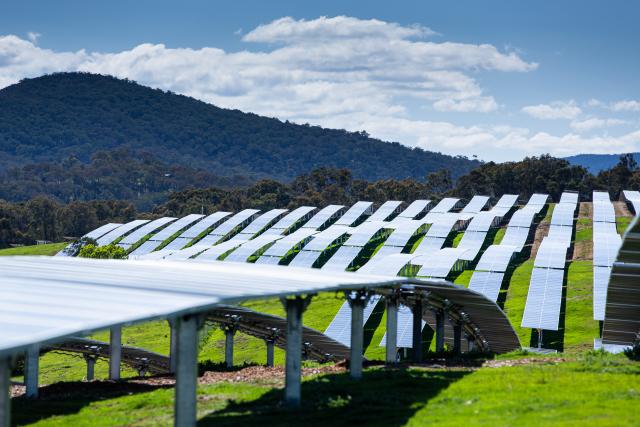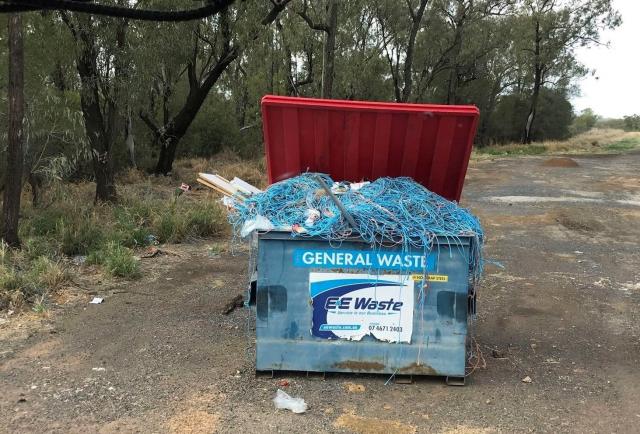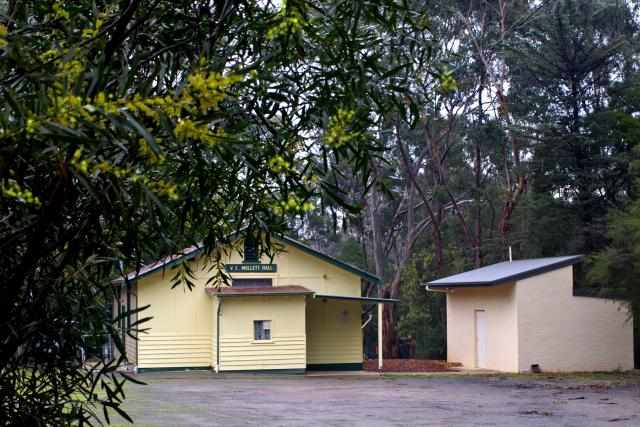The Winneke Treatment Plant in Christmas Hills has finished construction on a new solar farm.
The project aims to assist Victoria in its net-zero emissions by 2045 and help the Victorian water sector meet electricity supply goals of 100 per cent renewable energy sources by 2025.
Minister for Water Harriet Shing came onsite to tour the facility on Thursday 16 March to commend the work that has been done and has high hopes for the farm.
“Last week the team here has cracked 100 per cent in terms of the operation of the site,” she said
“The water sector is an energy intensive sector and that’s why the importance of our commitment to net zero emissions by 2035 is so important. It’s so crucial.”
“Our water corporations and Catchment Management Authorities have all committed to achieving the best possible outcomes in net zero emissions.”
The Winneke Treatment Plant solar farm has 19,000 solar panels, which will generate approximately 12,400 megawatt hours of power each year.
This is the equivalent of powering 2,500 houses annually and would prevent 12,000 tonnes of emissions.
The solar farm is situated across 10 hectares and uses technology tracking sensors combined with rotational motors in the panels to get maximum sun exposure and energy generation.
The Minister said the location of the solar farm on Ridge Road makes it unique.
“As we move to renewable energy, it’s also really significant that the solar array has been built using the contours of the land,” she said.
“We’re using land that is available that might not otherwise be used to generate energy.”
The farm was built within 12 months by Beon Energy Solutions, with the panels following along the edge of the reservoir and has been designed with the surrounding environment in mind.
“We’re taking care of the integration of this site into the surrounding areas, this is best practice.” Ms Shing said.
“It’s nation leading and it’s going to stand us in really good stead to continue to roll out projects like this within the water sector.”
Eltham MP Vicki Ward also attended the walk though and said the solar farm will be supported in her community.
“It’s a really exciting project that locals will absolutely be embracing and be really, really proud of,” she said.
“It’s fantastic when you can think that the water that’s in my sink is our water, all the locals know it’s coming from a renewable source and its local energy as well.”
The solar farm sits near a popular recreational area and Ms Ward is enthusiastic about the development.
“We’ve got a very environmentally aware community that really wants climate change addressed and to know that on our doorstep, there is some real serious action that is happening that has also helped create local jobs. It’s fantastic,” she said.
“This provides the equivalent of two and a half thousand households in power. It’s amazing.”
The solar farm was developed with the community in mind, but along the way many artifacts were discovered, Ms Shing said cultural heritage and cultural engagement were a consideration in the project.
“3000 artifacts have been discovered in the course of development at this particular site and this has been part of ongoing engagement with traditional owners that are also managing the site so there’s been minimal disruption.”
“We are also making sure environmental considerations, including providing additional habitat for fauna in surrounding areas have been accommodated.”
The terrain following the solar farm project is the first of its kind and brings promise for future development in the sector and Msr Shing expressed optimism it would spur on further developments.
“It’s about projects like this continuing to grow in size and in number across the water sector,” she said.
“We need to make sure that we continue the momentum that we’ve developed around renewable energy use and deployment, that’s how we get to our targets.”









